Starting a backyard garden nursery can be a fun and rewarding experience, but it can also be daunting if you don’t know where to start. In this comprehensive guide, we will answer some of the most common questions people have about starting their own backyard nursery. We’ll provide helpful tips on everything from choosing plants to marketing your business. So whether you’re a gardening novice or an experienced pro, read on for all the information you need to get started!
Make a Plan
The first step to starting any business is to create a plan. This will be your roadmap for the next few months (or years) and will help you stay on track as you get started. When making your plan, be sure to answer the following questions:
- What plants do you want to grow?
- How much space do you have available?
- What kind of budget do you have to work with?
- Who is your target market? (Who will buy your plants?)
- How will you market your business? (How will people know about your nursery?)

Once you’ve answered these questions, you’ll have a better idea of what direction to take your business in.[3]
Do your Research
Before you start a backyard garden nursery, it’s important to do your research. Ask yourself why you want to start a nursery, what kind of plants you want to grow, and how much time and money you’re willing to invest. Once you have a clear idea of your goals, begin researching the best way to achieve them.
There are many resources available on starting a backyard garden nursery, so take advantage of them! Read books, magazines, and articles; talk to other gardeners; and attend workshops or seminars. The more information you have, the better prepared you’ll be for success.[3]
Start Small
You don’t need a lot of space to start a backyard garden nursery. In fact, you can get started with just a few pots or containers. If you have more space, you can expand your operation gradually. Starting small will also help you keep your costs down.
Another advantage of starting small is that you can test the waters to see if this business is right for you. If everything goes well, then you can always expand later on. But if it’s not what you expected, then it’s much easier to walk away from a small operation than a large one.
How to Choose What to Grow for a Backyard Nursery
One of the first decisions you’ll need to make when starting a backyard garden nursery is what plants you will grow. There are many factors to consider when making this decision, such as climate, soil type, water availability, and market demand.
Native plants are typically easier to grow and care for than exotic or imported varieties, and they can be just as beautiful. Additionally, native plants are often more resistant to pests and diseases, which can save you time and money in the long run.[4]Plant Care
One of the most important aspects of running a successful backyard garden nursery is plant care. This includes everything from watering to fertilizing to pest control. Proper plant care will ensure that your plants are healthy and thrive, which in turn will make your customers happy.
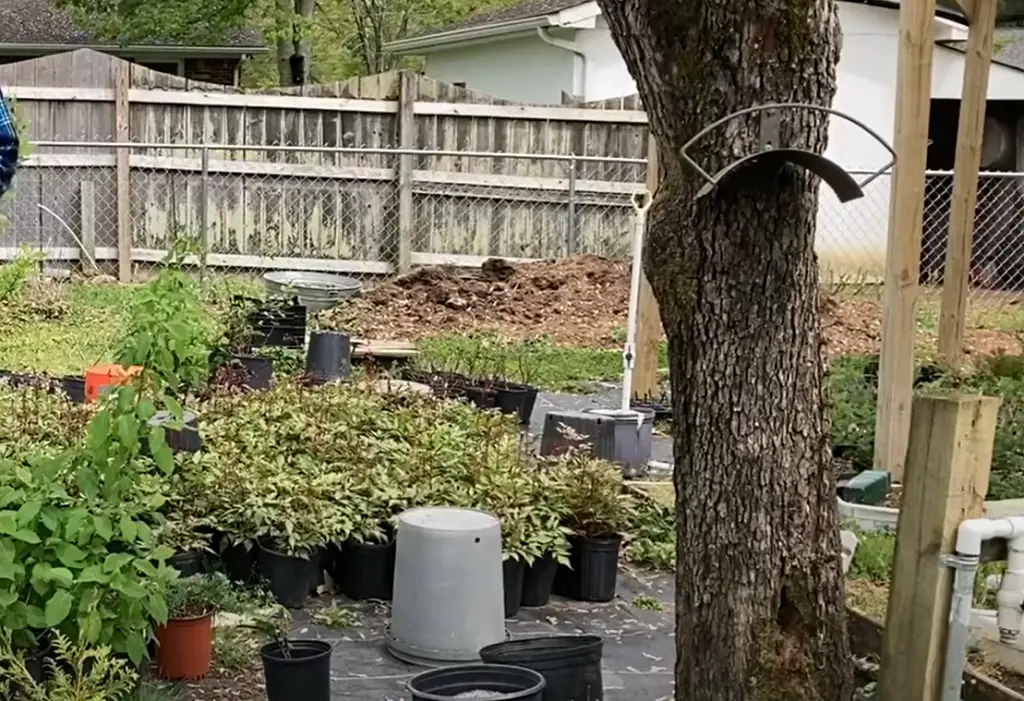
Here are a few tips on plant care:
- Water regularly and deeply, especially during hot summer months.
- Fertilize regularly with an all-purpose fertilizer.
- Control pests and diseases with organic methods whenever possible.
- Prune plants as needed to promote growth and keep them looking their best.[3]
Location to start a backyard plant nursery
The first step to starting your own backyard garden nursery is finding the perfect location. You’ll want to find a spot that gets plenty of sunlight and has well-drained soil. Once you’ve found the perfect location, you’ll need to clear any debris or weeds that may be present. After your location is all set, you can start planning what type of plants you’d like to grow in your new nursery!
If you’re not sure what type of plants would do well in your area, it’s a good idea to consult with a local gardening expert. They’ll be able to help you choose plants that will thrive in your particular climate and soil conditions. Once you have a list of potential plants, it’s time to start planting!
When you’re ready to start planting, be sure to choose high-quality plants from a reputable nursery. This will ensure that your plants are healthy and will have a better chance of thriving in your garden. Once you’ve chosen your plants, it’s time to get started on growing them!
Few basic tools to start a backyard plant nursery
Containers
Pots, trays, and flats are perfect for starting seedlings and housing young plants. Choose a variety of sizes so you can pot up plants as they grow. You’ll also need some larger pots for finished plants that are ready to sell.[1]
Potting Soil Mi
One of the most important aspects of starting a backyard garden nursery is having the right potting soil mix. There are many different types of potting soil mixes available on the market, so it is important to do some research to find the one that is best for your plants. A good potting mix should be able to hold moisture well, while also draining excess water quickly. It should also be lightweight and have a high organic matter content.
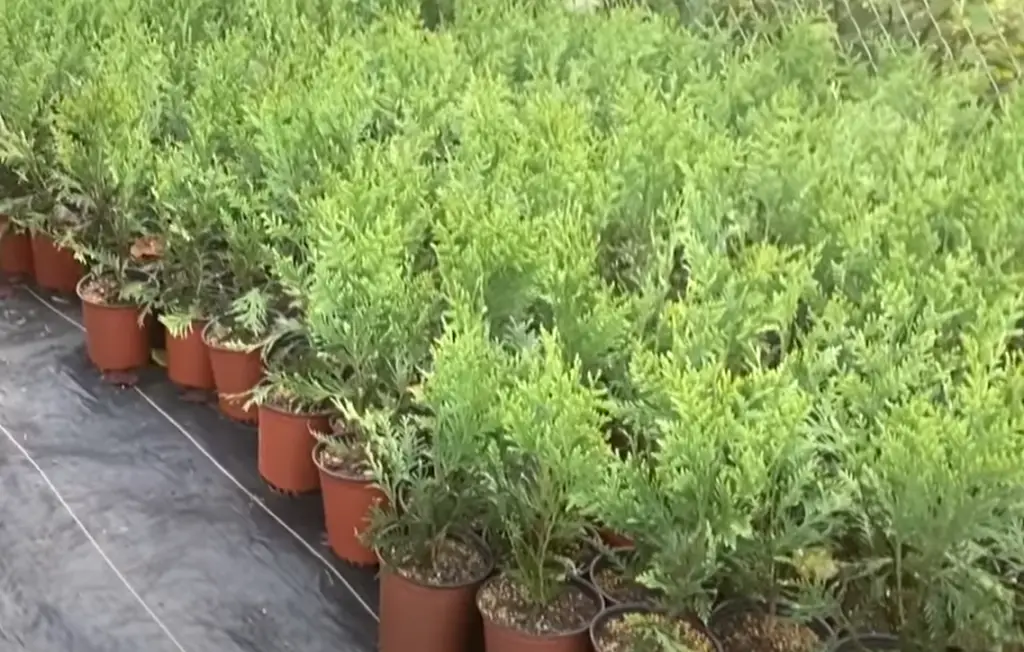
There are many recipes available online for homemade potting soil mixes, or you can purchase one from a gardening store. If you choose to make your own, make sure to sterilize all of the materials before use. This will help prevent any diseases from spreading to your plants.[1]
Fertilizers
When starting your garden, you will need to purchase some basic supplies such as fertilizer, pesticides, and herbicides. You can find these items at your local nursery or gardening center. Be sure to read the labels carefully and follow the directions on how to apply them.
One important tip is to start with a small amount of each product and increase it gradually as needed. This will help you avoid using too much of any one product and harming your plants. Also, be sure to rotate the types of products you use each year to prevent build-up in the soil.
Another important consideration when using fertilizers, pesticides, or herbicides is to keep them out of reach of children and pets. Store all products in a cool, dry place and dispose of them properly when finished.[1]
Plant Labels
Use a label maker or permanent marker to label your plants. This will help you keep track of what you have planted where, and when they were planted. You can also include the name of the plant, the date it was planted, and any other information you think would be helpful.[1]
Propagation techniques to start a backyard plant nursery
To begin, you will need to find some plants. You can either grow these from seed or purchase young plants from a nursery. Once you have your plants, you will need to propagate them. This can be done by taking cuttings, divisions, or layering.
Cuttings are pieces of stems that are cut from the parent plant and then rooted in soil. Divisions are when you divide the root ball of a plant into multiple sections, each of which can be planted separately. Layering is when you bury a stem in soil so that it produces roots and can be replanted as a new plant.
All of these propagation techniques are relatively easy to do and only require basic supplies that can be found at any garden center. Once you have your plants, you will need to pot them up into containers.
Process to start a backyard plant nursery
To start a backyard plant nursery, you will need to:
- Choose the right location for your nursery.
- Prepare the soil in your chosen location.
- Choose the plants you want to grow in your nursery.
- Propagate or purchase plants for your nursery.
- Plant and care for your plants.
- Market and sell your plants.[2]
Tips to start a backyard plant nursery
If you’re thinking about starting a backyard plant nursery, there are a few things you should consider before getting started. Here are a few tips to help you get started:
- Firstly, decide what type of plants you want to grow. This will determine the type of equipment and supplies you’ll need.
- Next, think about how much space you have available. You’ll need enough space to accommodate the plants, as well as any potting or propagation equipment.
- Finally, make sure you have a reliable source of water. Plants will need regular watering, so make sure you have a water source that can meet their needs.[4]
Marketing
The best way to market your backyard garden nursery is by having a website and using social media. You can also start a blog to write about your experiences starting a nursery and share tips with others. You can also join online forums and groups related to gardening to get advice from other experienced gardeners.Another great way to market your business is by exhibiting at local gardening events and workshops. This will give you the opportunity to meet potential customers and show off your plants. You can also sell plants at farmers markets, plant fairs, and through online retailers.
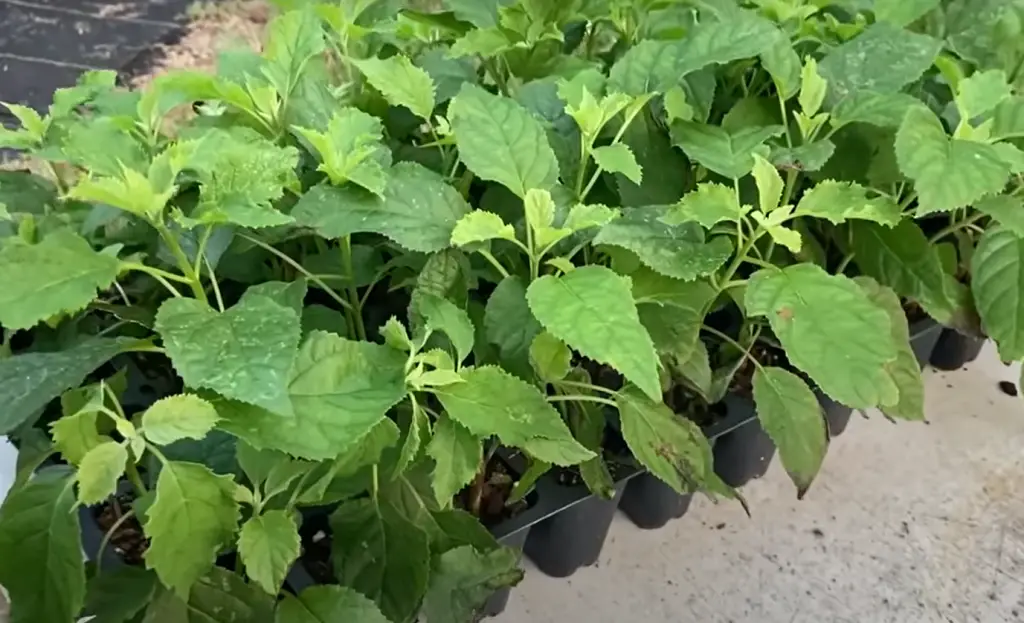
When it comes time to price your plants, be sure to research the going rates for similar plants in your area. You don’t want to charge too much or too little for your plants. A good rule of thumb is to price your plants at least 20% below the retail price. This will help you attract customers and make a profit.[3]
FAQ
How profitable is a nursery?
This is a difficult question to answer as it largely depends on the type of plants you are selling, your location, and how well you market your business. A good rule of thumb is that you should be able to make a profit if you sell at least $500 worth of plants per year.
Another important factor to consider is the start-up costs associated with starting a nursery. These costs can range from buying pots and soil to renting space for your nursery. If you are starting on a shoestring budget, it may take longer to become profitable.
What is the difference between a garden and a nursery?
A nursery is a place where young plants are grown and cared for until they are ready to be transplanted into a garden or landscape. A garden is a planned space, usually outdoors, where plants are cultivated for decorative or utilitarian purposes.
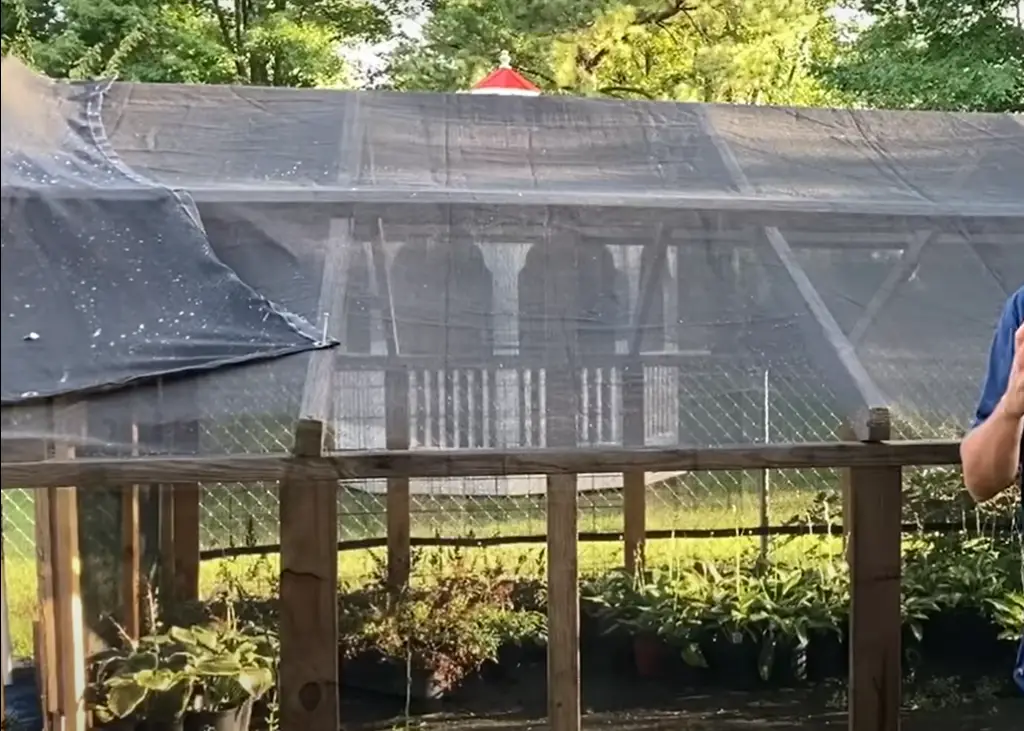
So, essentially, a backyard garden nursery is a mini-plant operation that you can run out of your own home! Cool, right? If you love spending time outdoors nurturing plants and have dreamed of starting your own business, this could be the perfect opportunity for you.
What are the 3 types of nursery?
There are three types of nurseries: retail, mail-order, and production. Retail nurseries sell plants to the general public through a brick-and-mortar store. Mail-order nurseries sell plants through catalogs and websites. Production nurseries grow plants for other businesses, such as landscapers and garden centers.
If you’re interested in starting a nursery, you’ll first need to decide what type of nursery you want to start. Each type has its own set of challenges and opportunities.
For example, retail nurseries require significant startup capital because you’ll need to lease or purchase a storefront. You’ll also need to hire staff and develop marketing materials. Mail-order nurseries have lower startup costs since you won’t need a physical location. However, you’ll need to invest in marketing and shipping costs. Production nurseries have the highest startup costs since you’ll need to purchase or lease land, build greenhouses, and purchase equipment.
What are the best plants to sell?
The best plants to sell are those that are in demand and relatively easy to grow. Some examples of popular plants include annuals, perennials, shrubs, and trees. To get an idea of what plants are currently in demand, you can check out online plant forums or ask your local nursery or garden center.
When deciding which plants to grow, it’s also important to consider your climate and growing conditions. Make sure you choose plants that will be able to thrive in your particular environment.
Is a plant nursery the same as a greenhouse?
No, a plant nursery is different from a greenhouse. A plant nursery is typically an outdoor area where plants are grown and sold, while a greenhouse is a controlled environment where plants are grown for research or protected cultivation.
A plant nursery can be as simple as a few pots on a patio or deck, or it can be a more complex operation with greenhouses, shade houses, and other structures. Many nurseries specialize in particular types of plants, such as native plants, fruit trees, hedges, or ornamentals.
Useful Video: First Steps to Start a Plant Nursery
Conclusion
Thanks for reading! Hopefully, this article has helped answer some of your questions and given you some helpful tips on how to start a backyard garden nursery. Gardening can be a fun and rewarding hobby, so we hope you’ll give it a try!
If you have any other questions or comments, please feel free to leave them below. We wish you the best of luck in your gardening endeavors!
References:
- https://www.profitableplants.com/how-to-start-a-backyard-plant-nursery-for-400/
- https://gardeningtips.in/how-to-start-backyard-plant-nursery-a-full-guide
- https://thehomesteadinghippy.com/backyard-plant-nursery/
- https://www.motherearthnews.com/organic-gardening/backyard-nursery-part-1-zbcz1910/





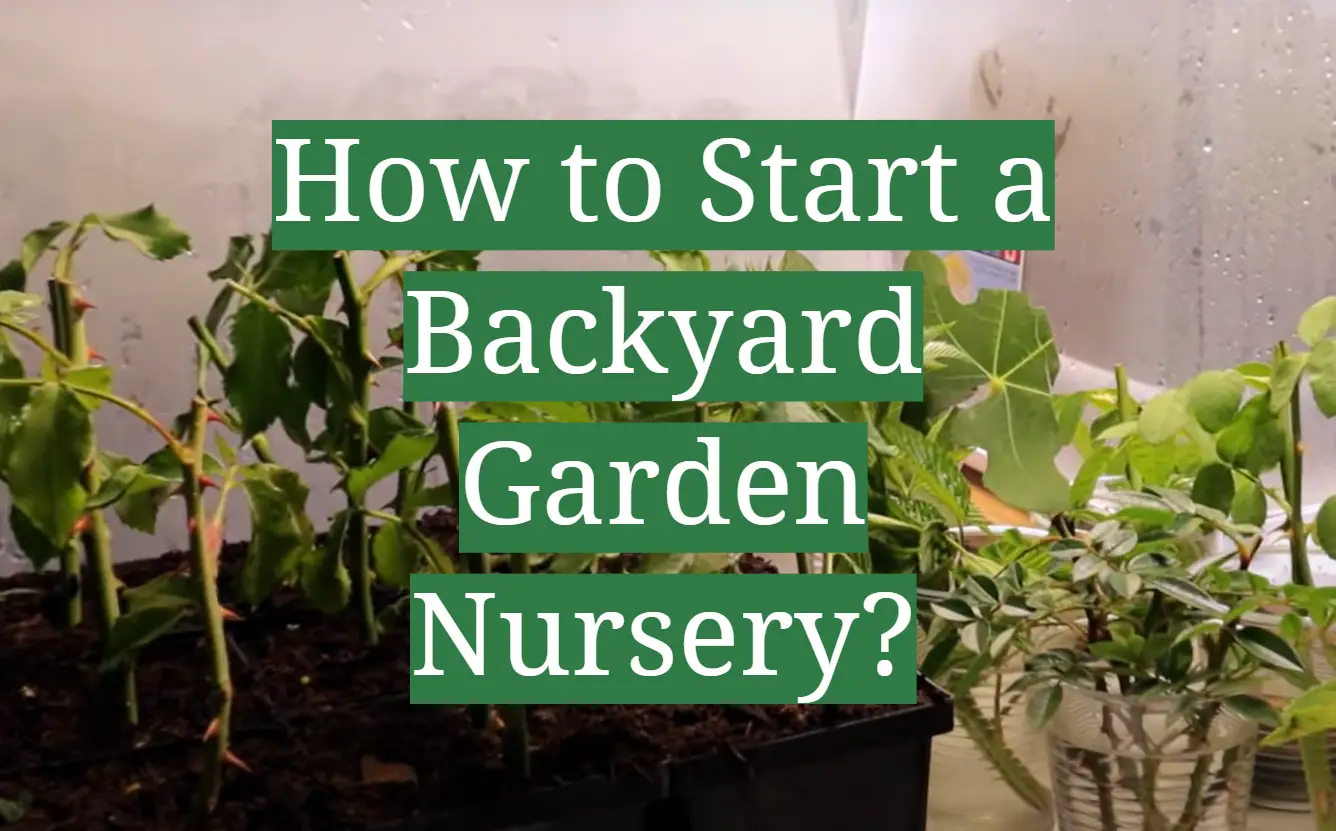




Leave a Reply
View Comments